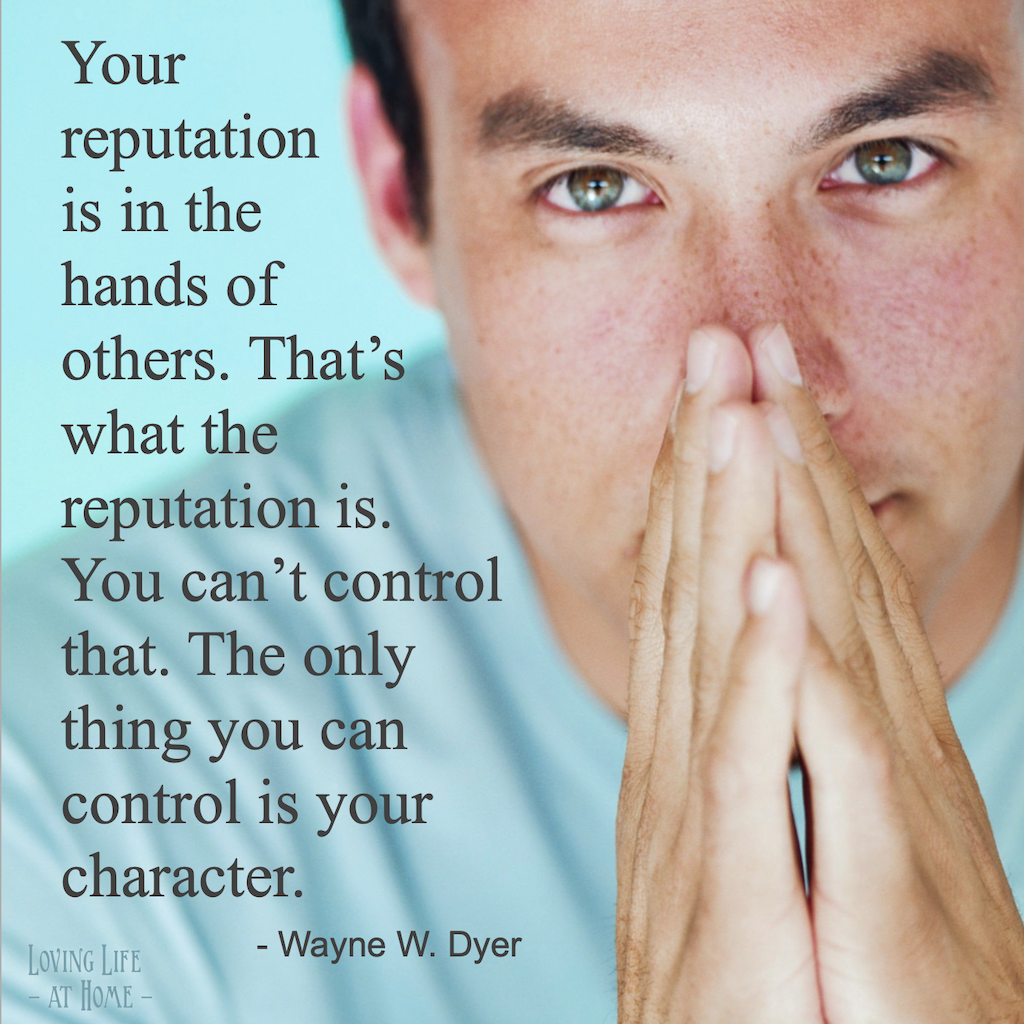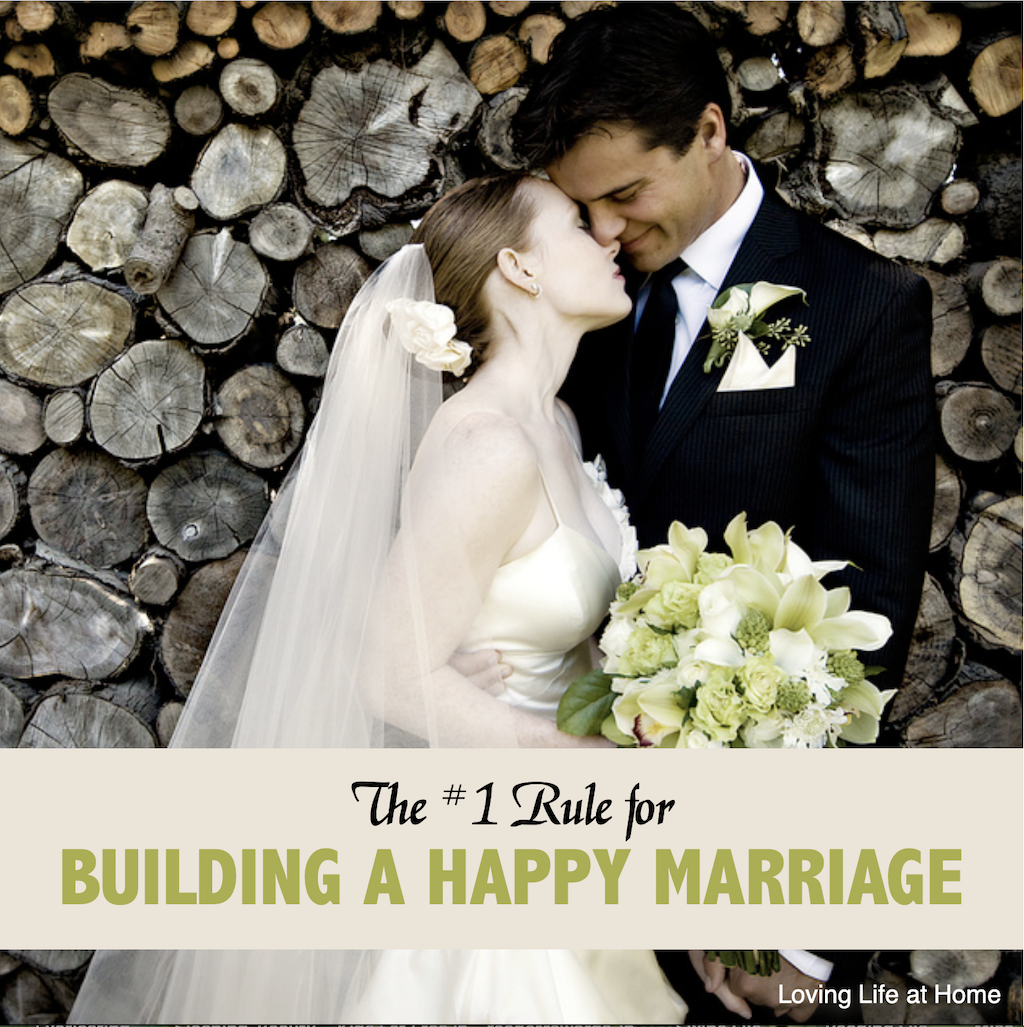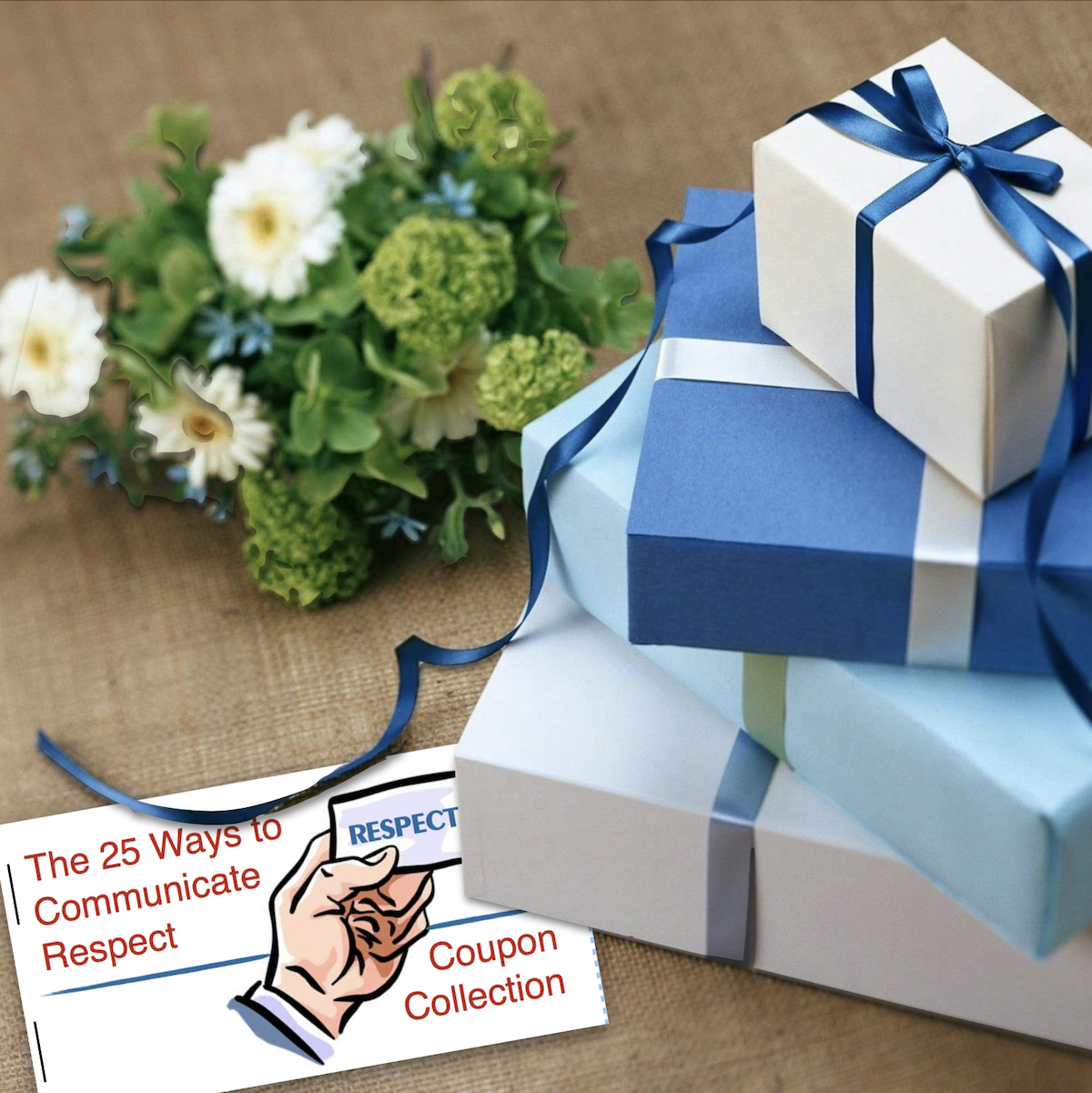What’s Your Body Language Broadcasting?
I’ve always been an avid people-watcher. It’s an activity I enjoy whenever I’m at the park or the pool or any other public place. Not in a stalking, staring, break-out-the-binoculars mode or manner, but in an alert, attentive, aware-of-my-surroundings kind of way.

One thing I’ve discovered is that you needn’t be close enough to eavesdrop on a conversation to understand what is being said. Body language broadcasts it all, loud and clear.
That’s a good thing to remember when you’re out and about with your own family. You never know when somebody might be watching, learning, taking notes, or — in our present age of smart phones — video taping.
That’s one reason I try not to do anything in public I wouldn’t want broadcast on YouTube! Ha!
But if I am behaving in such a way that I’d be embarrassed for complete strangers to watch my actions on the Internet, how much more should I want to spare my beloved family such scenes, both in public and at home?
It’s important that we remember communication starts before a single word is uttered, before a solitary sound is intoned. It begins with attitude and posture, with body language and facial expressions.
Think about what the following actions and expressions communicate:
- furrowed brows
- rolled eyes
- a grimace
- shaking the head
- a distracted stare
- an angry scowl
- a heavy sigh
- folded arms
- narrowed eyes
- an impatient tapping of foot or fingers
Sometimes we revert to such gestures and expressions out of habit — but wouldn’t it be better to change them to something more positive?
- a warm smile
- bright eyes
- a beaming countenance
- upraised brows
- open arms
- a heartfelt hug
- a happy grin
- a bubbly laugh
- a friendly wink
- a pat on the back
The actual words we speak constitute only seven percent of total communication. Facial expressions account for a full 55 percent and vocal tone makes up the additional 38 percent.*
Think about that fact, then ask yourself the following questions: What are my nonverbal cues saying to my husband? What is my body language telling my children? Is this really the message I want to send?
* Source: For Better or for Best: A Valuable Guide to Knowing, Understanding, and Loving your Husband by Dr. Gary Smalley. (I just finished reading this book and highly recommend it!)





